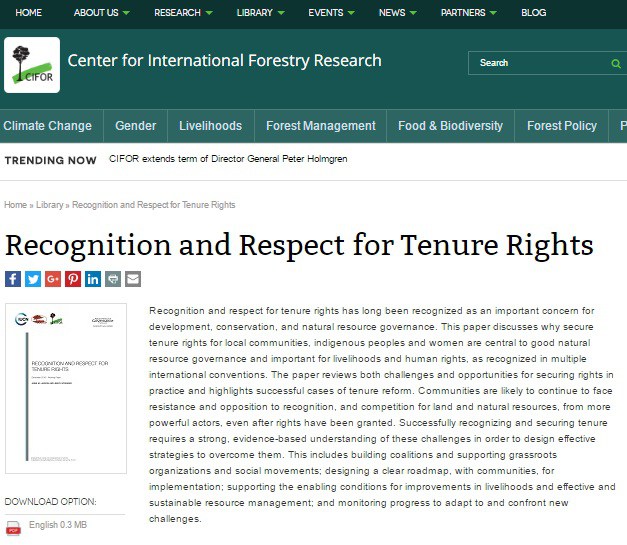Una visión regional y local sobre la seguridad de tenencia comunal de la tierra y el bosque en Loreto
Planes actuales de restauración ecológica en Latinoamérica: Avances y omisiones
Domesticaciones americanas: cuando la recursividad humana con ayuda de algunas plantas hace maravillas contra el peso de la geografía y de la migración original
Nuestra especie entró en grupos pequeños al continente americano a través de Beringia hace 20-15 000 años. Compartió con Siberia Oriental el chamanismo y con él la búsqueda de plantas y hongos alucinógenos y, como consecuencia, el conocimiento detallado de la flora y el continuo interés por experimentar. Al entrar en el interior del continente americano, nuestra especie contribuyó –por la caza continua– a la extinción de su megafauna.
Suitability of key Central American agroforestry species under future climates: an Atlas.
This atlas provides habitat suitability maps for 54 species that are widely used in Central America for shade in coffee or cocoa agroforestry systems. The 54 species represent 24 fruit species, 24 timber species and 6 species used for soil fertility improvement. Suitability maps correspond to the baseline climate (1960-1990) and 2050 climates predicted for Representative Concentration Pathways (RCP) 4.5 and 8.5. Habitat was classified as suitable in future climates if a minimum of 12 out of 17 downscaled Global Circulation Models predicted suitable climates.
Constraining the Deforestation History of Europe: Evaluation of Historical Land Use Scenarios with Pollen-Based Land Cover Reconstructions
Anthropogenic land cover change (ALCC) is the most important transformation of the Earth system that occurred in the preindustrial Holocene, with implications for carbon, water and sediment cycles, biodiversity and the provision of ecosystem services and regional and global climate. For example, anthropogenic deforestation in preindustrial Eurasia may have led to feedbacks to the climate system: both biogeophysical, regionally amplifying winter cold and summer warm temperatures, and biogeochemical, stabilizing atmospheric CO 2 concentrations and thus influencing global climate.
Socio-ecological analysis of multiple-use forest management in the Bolivian Amazon
Community families throughout tropical regions derive an important share of their income from multiple forest products, with generally positive outcomes on their livelihoods. The production of these products in a multiple-use forest management scheme (MFM, the production of multiple forest products within a single management unit) encompasses many (yet) unknown socioeconomic and ecological feedbacks.
Zero deforestation: A commitment to change
Widespread palm oil production causes much controversy due to its negative impacts in the tropics. But whatever is said about it, it is big business and getting bigger by the day due to increasing global demands. Alongside this, the size and depth of the social and environmental debates surrounding palm oil production are also growing. As a major globally-consumed commodity, its production in the humid and sub-humid tropics raises concerns due to its impacts on the environment, biodiversity, local communities, smallholder livelihoods, land rights and climate change.
Recognition and Respect for Tenure Rights
Recognition and respect for tenure rights has long been recognized as an important concern for development, conservation, and natural resource governance. This paper discusses why secure tenure rights for local communities, indigenous peoples and women are central to good natural resource governance and important for livelihoods and human rights, as recognized in multiple international conventions. The paper reviews both challenges and opportunities for securing rights in practice and highlights successful cases of tenure reform.




